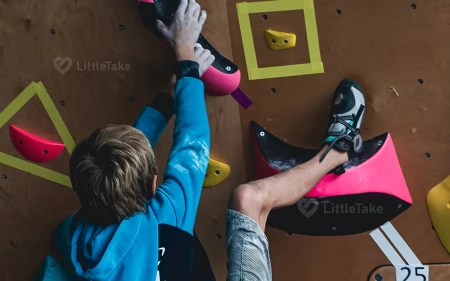
Understanding Your Child's Learning Style
Every child is unique, and so is their approach to learning. By understanding your child's learning style, you can provide the support they need to succeed academically and develop a lifelong love for learning. Here are four common learning styles and tips for supporting each one:
1. Visual Learners
Visual learners process information best through images, diagrams, and visual aids. They often have a strong sense of spatial awareness and can easily visualize objects and ideas in their minds. To support a visual learner, consider the following strategies:
- Use visual aids like charts, diagrams, and mind maps to explain concepts.
- Encourage them to draw or doodle while listening to information.
- Use color-coding to help them organize their notes and assignments.
2. Auditory Learners
Auditory learners excel at absorbing information through listening and verbal communication. They often have a strong memory for spoken words and enjoy participating in discussions. To support an auditory learner, try these tips:
- Encourage them to read aloud or use text-to-speech tools.
- Provide opportunities for group discussions and debates.
- Use mnemonic devices, songs, and rhymes to help them remember facts.
3. Kinesthetic Learners
Kinesthetic learners are hands-on learners who prefer to learn by doing. They often excel in activities that involve movement and physical manipulation. Support a kinesthetic learner with these strategies:
- Incorporate physical activities and movement into their learning routine.
- Provide hands-on learning materials, such as building blocks or art supplies.
- Encourage them to take frequent breaks to move around and refocus.
4. Reading/Writing Learners
Reading/writing learners thrive on written words and have strong reading comprehension skills. They often enjoy writing essays and journaling. To support a reading/writing learner, consider these tips:
- Encourage them to take detailed notes during lessons or lectures.
- Provide opportunities for independent reading and research.
- Use written materials and resources to explain new concepts.
Keep in mind that many children may exhibit a combination of learning styles or may adapt their style depending on the subject or context. By understanding your child's unique learning preferences, you can provide targeted support and help them develop the skills they need to succeed in school and beyond.













